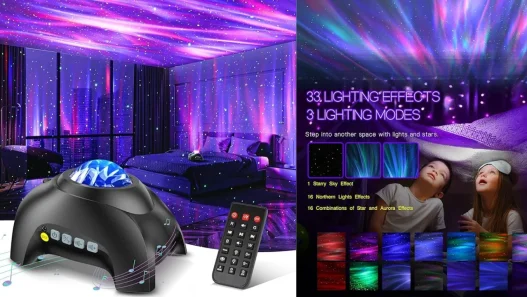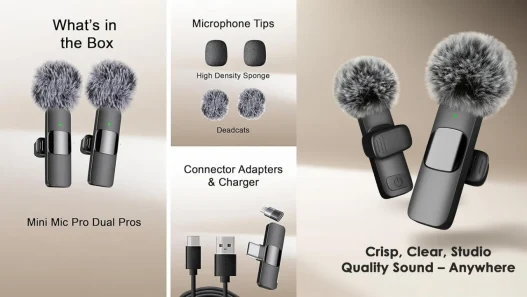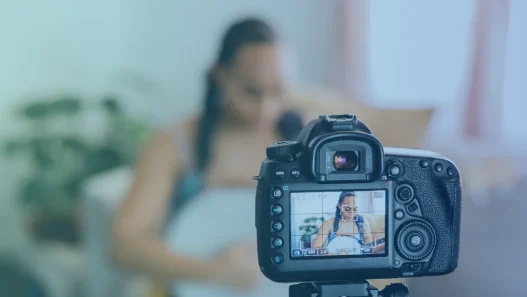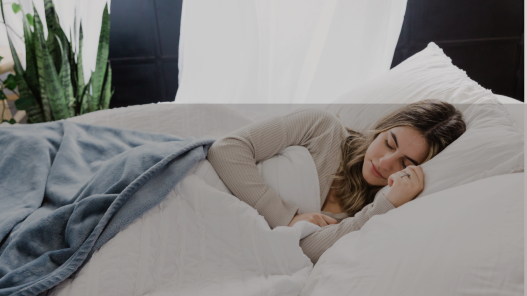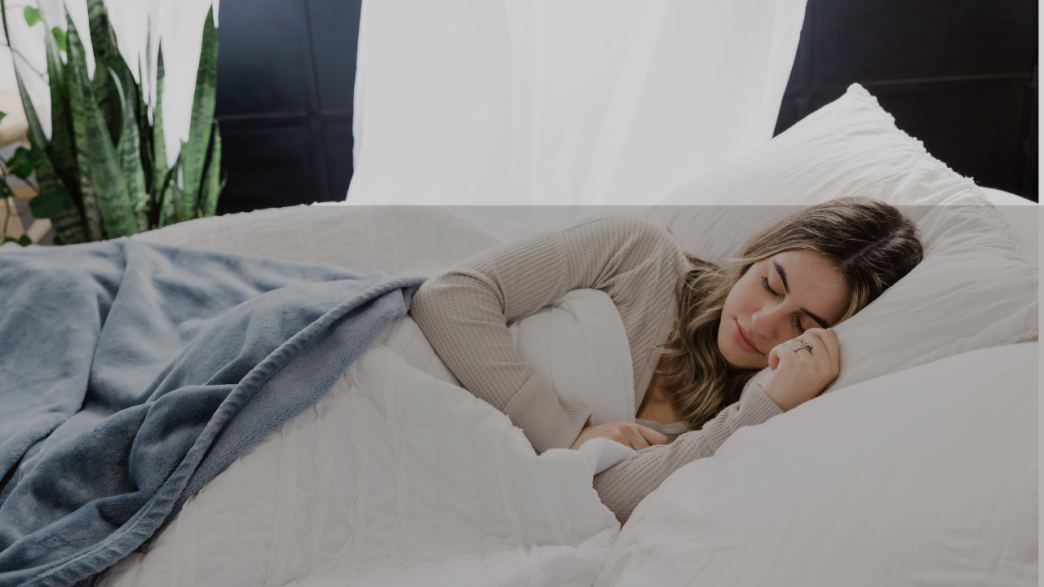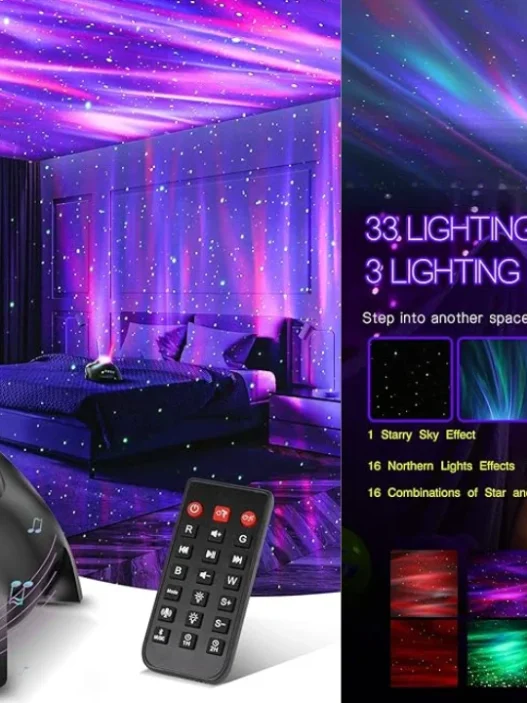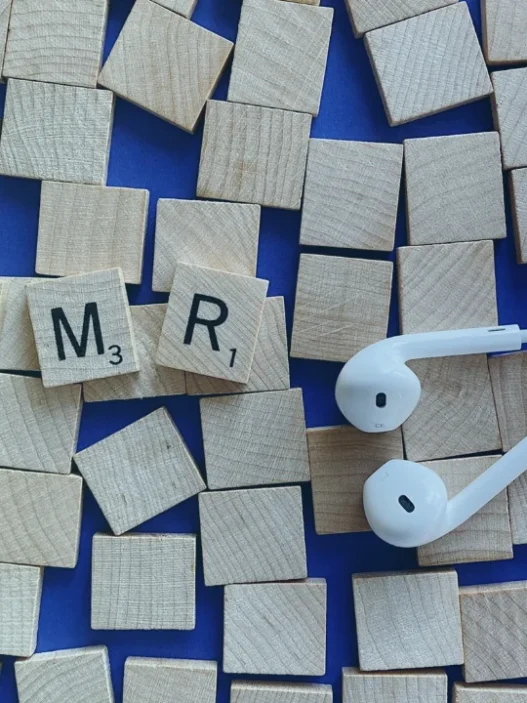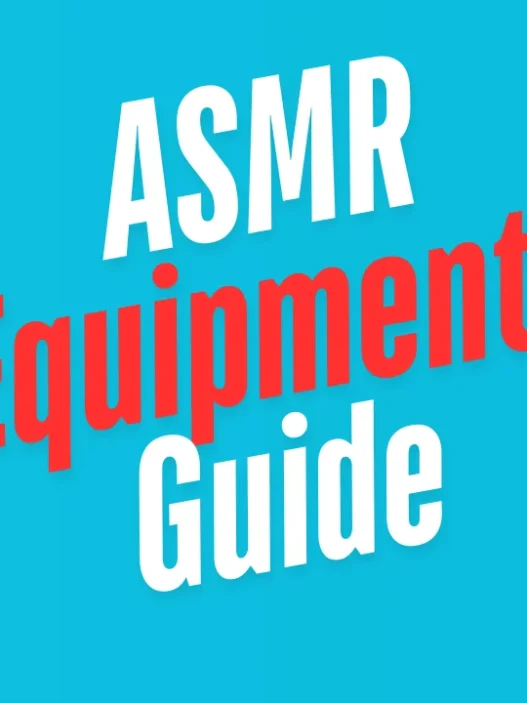Tossing and turning at 3 a.m.? You’re not alone. Over 30% of adults worldwide suffer from insomnia, and many turn to medication, meditation, or white noise for relief. But there’s another tool gaining traction: ASMR.
From whispered bedtime stories to rhythmic raindrops, ASMR (Autonomous Sensory Meridian Response) has become a go-to sleep aid for millions. But how does it work for insomnia, and which triggers are most effective? In this guide, we’ll explore how ASMR can help you reclaim restful nights—no pills required.
Why ASMR Works for Sleep
ASMR’s calming effects are rooted in science. Studies show that ASMR:
- Lowers heart rate and cortisol (stress hormone) levels.
- Activates the parasympathetic nervous system, signaling your body to “rest and digest.”
- Distracts racing thoughts by focusing the brain on soothing sensory input.
Unlike generic white noise, ASMR often combines layered sounds (whispers + tapping) and visual triggers (slow hand movements) to create a hypnotic, sleep-inducing experience.
Best ASMR Triggers for Sleep and Insomnia
Not all ASMR is created equal for sleep. Here are the top 7 triggers backed by sleep-deprived fans and science:
1. Whispered Bedtime Stories & Affirmations
- Why it works: Soft-spoken narration mimics lullabies, easing anxiety and guiding the mind into a dreamy state.
- Try: Blue Whisper’s Fairytale Roleplays or Atlas ASMR’s Sleepy Rambles.
2. Slow, Rhythmic Tapping
- Why it works: Gentle taps on wood, glass, or fabric create a steady, meditative rhythm that mirrors a slowing heartbeat.
- Try: Gentle Whispering’s Tapping Sessions or Moonlight Cottage’s Raindrop Taps.
3. Nature Soundscapes
- Why it works: Rainstorms, ocean waves, or crackling fires mask disruptive noises and evoke primal relaxation.
- Try: ASMR Zeitgeist’s Thunderstorms or Relaxing White Noise’s Forest Nights.
4. Scalp Massage & Hair Play Roleplays
- Why it works: Virtual “touch” through brushing sounds triggers phantom scalp tingles, mimicking real relaxation.
- Try: Latte ASMR’s Hair Brushing or Gibi ASMR’s Salon Roleplays.
5. Binaural Sleep Sounds
- Why it works: 3D audio (use headphones!) surrounds you with immersive layers like whispers + rain + distant piano.
- Try: FredsVoice ASMR’s Binaural Sleep Labs or Tingting ASMR’s Sleep Soundscapes.
6. Page Turning & Writing Sounds
- Why it works: Nostalgic, predictable sounds (like pencil scribbling) distract overactive minds.
- Try: ASMR Bakery’s Notebook Sounds or Vito ASMR’s Bookstore Roleplays.
7. No-Talking ASMR
- Why it works: Pure sounds (no voice) prevent your brain from latching onto words or stories.
- Try: Water Whispers ILY’s Fabric Sounds or Ediyasmr’s Kinetic Sand Crunching.
How to Use ASMR for Insomnia: A Step-by-Step Routine
1: Set Up Your Sleep Sanctuary
- Dim lights, use blackout curtains, and keep your room cool (60-67°F / 15-19°C).
- Avoid screens 1 hour before bed—opt for audio-only ASMR if using your phone.
2: Choose the Right Video or Audio
- Prioritize longer videos (45+ minutes) to avoid abrupt silence waking you up.
- Use a sleep-friendly platform like YouTube (set a sleep timer) or apps like Calm or Slumber.
3: Use Headphones Strategically
- Wireless sleep headphones (e.g., CozyPhones or headbands) let you lie comfortably.
- Keep volume low to protect hearing—ASMR is meant to be subtle.
4: Pair ASMR with Other Sleep Hygiene Habits
- Sip caffeine-free tea (chamomile, lavender).
- Practice 4-7-8 breathing while listening: Inhale for 4 sec, hold for 7, exhale for 8.
Step 5: Track Your Progress
- Use a sleep app (like Sleep Cycle) to monitor improvements over 1-2 weeks.
ASMR Sleep Success Stories
- Sarah, 28: “ASMR rain sounds helped me quit sleeping pills. I’m now asleep in 20 minutes!”
- James, 35: “I thought ASMR was weird until I tried a scalp massage roleplay. Best sleep in years.”
Common ASMR Sleep Myths Debunked
- “You’ll become dependent on it”: ASMR is a tool, not a crutch—use it as needed.
- “It’s just a placebo”: Studies confirm ASMR lowers heart rate and cortisol.
- “Only people with tingles benefit”: Even non-tingle responders report better sleep.
FAQ: ASMR for Insomnia
Q: How long before bed should I listen to ASMR?
A: Start 30-60 minutes before bed to wind down.
Q: Can ASMR replace sleep medication?
A: For some, yes—but consult your doctor before stopping prescribed meds.
Q: What if I don’t like whispering?
A: Try nature sounds, no-talking videos, or brown noise.
Q: Are there risks?
A: Safe for most, but avoid high volumes to protect hearing.
Ready to Sleep Like a Baby?
ASMR isn’t a magic cure, but its unique blend of sensory therapy and relaxation makes it a powerful ally against insomnia. Experiment with triggers, stick to a routine, and let those whispered lullabies guide you to dreamland. You Can Also Check this Article Best ASMR Triggers for Relaxation.
Pro Tip: Save a playlist of your favorite sleep ASMR videos for quick access on tough nights.
Found this helpful? Share it with a friend who needs better sleep or pin it for later!

